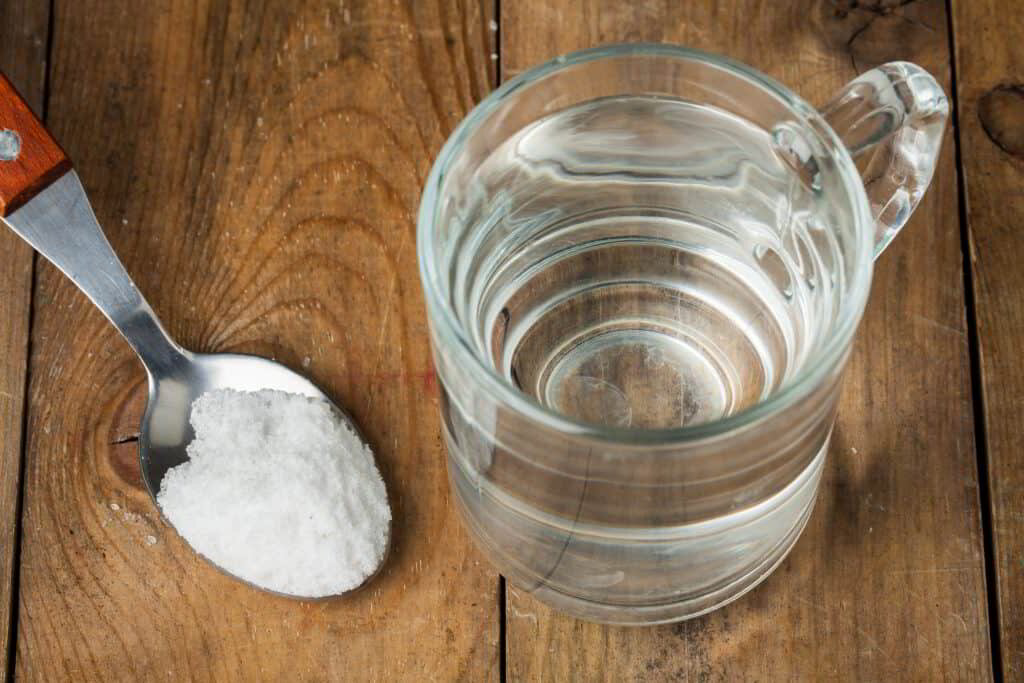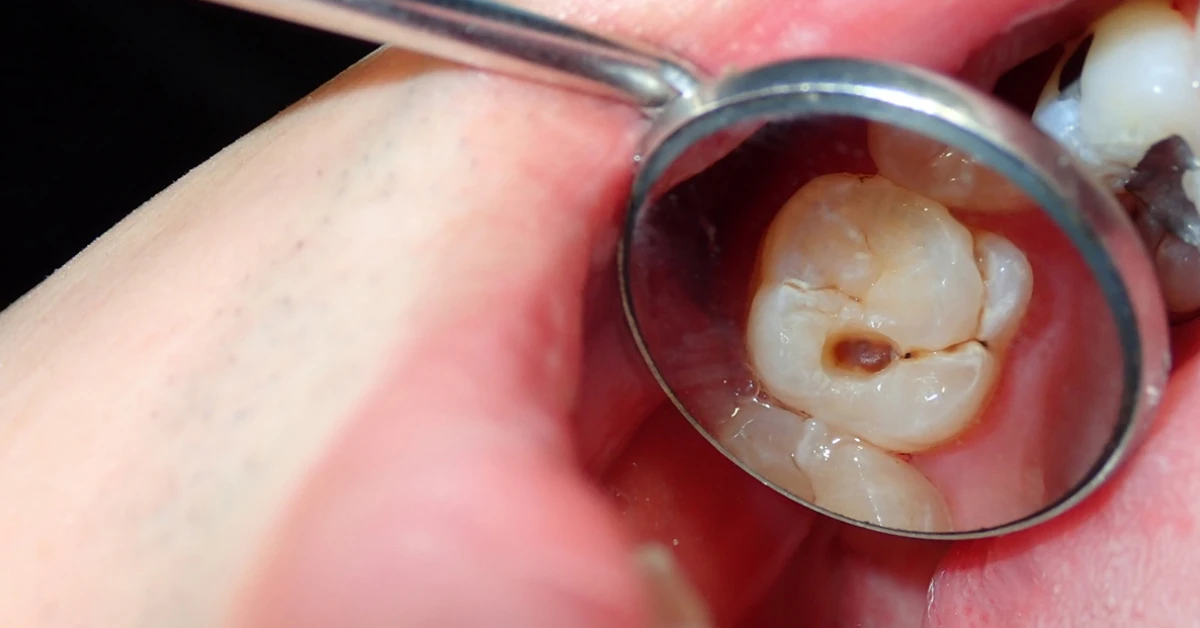You’re eating dinner. It’s a normal night. You bite down on something — maybe a piece of chicken, maybe not — and suddenly, there it is: a sharp crack. A twinge. A weird sensitivity.
But wait. You’ve already had a root canal on that tooth.
So… what the heck just happened?
If you’ve been here, you’re not imagining things. A root canal cracked tooth is more common than people think. And no, your tooth isn’t doomed — but you do need to act fast.
This isn’t panic time. It’s clarity time.
Let’s walk through this together.
Why It Happens

Okay, let’s get real: having a root canal doesn’t make your tooth bulletproof.
In fact? The opposite.
After a root canal, your tooth loses its blood supply and nerve tissue. It’s still your tooth, but it’s more like a beautiful sculpture than a living, breathing one. Over time, especially without a crown, it can get brittle — like a dry twig.
That’s why even a small chip or crack can sneak in. And if left alone, that tiny flaw can grow into something bigger.
Picture this: you’re chewing on ice, or you clench your jaw at night, or you took a small fall. The pressure builds. Even if you don’t remember the exact moment, the tooth gives way.
And now you’re here.
What to Watch For
Cracks don’t always announce themselves with fireworks.
Sometimes the signs are subtle — the kind you might brush off as “just sensitivity” or “I must’ve bitten something hard.”
But in the world of root canal teeth, subtlety is a warning bell.
Here’s what to look out for:
- Pain when you bite down — especially when you release the bite
- Sharp, sudden discomfort that comes and goes
- Sensitivity to hot, cold, or sweet foods
- Swelling or tenderness in the gum near the tooth
- A feeling that your bite is “off” — like one tooth hits first
- In some cases, a visible line or rough edge you can feel with your tongue
If any of these sound familiar, don’t wait. These aren’t just annoyances. They might be signs that bacteria are sneaking into the crack, threatening the success of your root canal.
And once infection sets in? Things move fast.
How Dentists Diagnose It
Here’s the thing: you can’t always see a crack.
Even an X-ray might miss it. That’s why dentists use other tricks to find the invisible.
They might have you bite down on a tooth sleuth — a small, pointed tool that isolates pressure — to see if it triggers pain.
Or they’ll use a special dye that clings to cracks, lighting them up under magnification. Some even use transillumination — shining a bright light through the tooth — so tiny fractures glow like faults in glass.
And if things are serious? A CBCT scan (3D X-ray) can show whether the crack runs deep — even below the gum line.
Because location matters.
More than anything, whether your tooth can be saved depends on where the crack is.
Why Teeth Crack After Root Canals

We’ve covered the “what,” but let’s talk about the “why.”
Understanding the causes helps you protect your other teeth — and maybe prevent this from happening again.
Common culprits include:
- Grinding or clenching (bruxism): This puts massive pressure on your teeth, especially at night.
- Chewing hard things: Ice, popcorn kernels, nuts — even pen caps. These can micro-fracture or snap brittle teeth.
- Trauma or injury: A fall, a ball to the face, even biting a bone in a steak.
- Old or weak crowns: If your crown doesn’t fit well, it puts uneven stress on the tooth.
- Delay in getting a crown after root canal: Teeth without crowns are at much higher risk.
One study by the Mayo Clinic found that untreated dental cracks can lead to serious infections — abscesses, bone loss, even systemic health risks if left unchecked.
So yeah. It’s serious. But also, very treatable — if you don’t wait.
Can It Be Saved?
This is the big one.
“Is my tooth gone?”
Not necessarily.
Here’s the good news: many cracked root canal teeth can be saved, especially if you catch it early.
But here’s the reality check: not all cracks are equal.
A crack that stops at the crown? Often fixable.
A crack that sneaks below the gumline? That’s a different story.
Because once it splits the root vertically, the tooth usually can’t be saved — no matter how great your dentist is.
So the key is early intervention.
Just like with a car, small repairs now prevent total breakdowns later.
Treatment Options
Alright, let’s get practical.
If your dentist finds a crack in a root canal tooth, what are your next steps?
Here’s what might happen — and what each option means for you.
Option 1: Crown Replacement
If the crack is small and hasn’t let bacteria in, sometimes just replacing the crown is enough.
Your tooth gets a fresh, supportive cap that holds everything together — literally.
It’s like putting a new tire on a rim that’s still solid. Simple. Effective. Preventive.
Option 2: Root Canal Retreatment
Now, what if the crack opened a pathway for bacteria?
You might need a retreatment — basically, a second root canal.
They’ll reopen the tooth, clean out any infection, reseal the canals, and place a new crown.
It sounds intense, but it works. In fact, according to the American Association of Endodontists, retreatment has a success rate of about 75–85% — not bad at all.
Option 3: Dental Bonding or Onlay
For minor chips or surface cracks, a dentist might use bonding — a tooth-colored resin — to fill and seal the crack.
Or they might recommend an onlay, which covers just the damaged part of the tooth instead of the whole crown.
Less invasive. More natural tooth preserved. Win-win.
Option 4: Extraction and Replacement
Let’s face it — sometimes the crack wins.
If it’s deep, below the bone, or the tooth is split? Extraction might be the only option.
But that doesn’t mean you’re stuck with a gap.
You’ve got choices:
- Dental implant: Strong, permanent, looks and feels like a real tooth.
- Bridge: Uses neighboring teeth to support a false one in the middle.
- Partial denture: Removable, more affordable, good for multiple missing teeth.
It’s not the end. It’s just a different path.
➤ More Tips to Stop Tooth Check out 10 Proven Tips to Stop Throbbing Pain After a Root Canal.
Will You Need a Crown?
Short answer? Almost definitely.
After any root canal — or retreatment — a crown is your tooth’s best friend.
It protects the brittle tooth from further cracking, restores your bite, and keeps everything stable.
Some people skip it to save money or time. Big mistake.
Without a crown, the risk of fracture jumps — and losing the tooth becomes way more likely.
Think of it like rebuilding a house on a weak foundation. You can do it… but why would you?
What About ‘Natural’ Fixes?

I get it. You’re Googling: how to fix a cracked tooth naturally. Or wondering if you can glue it back with store-bought dental cement.
But let’s be honest — you can’t fix a crack naturally.
No oil pulling, no clove paste, no “miracle” herbal remedy will repair structural damage. These might dull pain temporarily, but they won’t stop bacteria from spreading.
And trying to how to repair a cracked tooth at home with dental kits? Risky.
You could delay treatment, make the crack worse, or even push infection deeper.
Instead, try this:
- Rinse with warm salt water to keep the area clean.
- Take ibuprofen for pain (if safe for you).
- Use temporary dental cement if the edge is sharp.
- And most importantly: call your dentist.
Your tooth isn’t asking for a DIY project. It’s asking for help.
What Does It Look Like?
Great question. What does a cracked tooth look like?
Sometimes — nothing.
No dramatic fracture. No missing chunk. Just a faint line, like a hairline crack in a windshield.
Or you might notice:
- A rough edge with your tongue.
- Gum swelling near the tooth.
- Darkening of the tooth (from dead pulp tissue).
- A small bump on the gum (a sign of infection).
And if you’re wondering, does a cracked tooth need to be pulled? — the answer isn’t automatic. It depends.
If the crack is minor, a crown or bonding might save it. But if it’s split or deep? Extraction may be the only safe choice.
Either way, don’t let fear keep you from getting it checked.
| Crack Type | Can It Be Saved? | Treatment Options |
|---|---|---|
| Craze line (surface only) | Yes | No treatment or cosmetic bonding |
| Fractured cusp | Usually | Crown or onlay |
| Vertical crown fracture | Sometimes | Retreatment + crown |
| Crack below gum line | Rarely | Extraction |
| Split tooth | No (but partial save possible) | Extraction or partial root retention |
Taking Care After Treatment
Once you’ve had treatment — whether it’s a crown, retreatment, or extraction — recovery matters.
Healing isn’t just about days off from hard foods. It’s about habits.
Here’s how to protect your investment:
- Wear a night guard if you grind your teeth — it’s like a seatbelt for your smile.
- Stop chewing ice or hard foods — seriously, just stop.
- Keep up with dental visits — every 6 months, or more if you’re high-risk.
- Ask about orifice barriers — advanced techniques that reinforce root canal teeth from the inside.
Prevention isn’t boring. It’s power.
You’re Not Alone
So, you’ve got a cracked tooth after a root canal.
It’s scary. It’s frustrating. And yeah, it kind of feels unfair.
But here’s what I want you to know: you’re not broken. You’re not helpless. And you’re definitely not out of options.
This isn’t a dental failure — it’s a reminder that your teeth need ongoing care, especially after big procedures.
The best thing you can do? Breathe. Call your dentist. Get it checked.
Early action isn’t just about saving a tooth. It’s about saving peace of mind.
Because the truth is — your smile is worth fighting for.
If you’ve been through this, I’d love to hear your story. What helped? What surprised you?
And if you’re just starting this journey — hang in there.
You’ve got this.


















Leave a Reply
You must be logged in to post a comment.